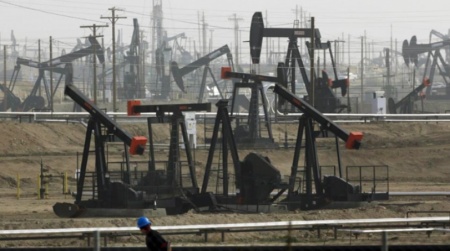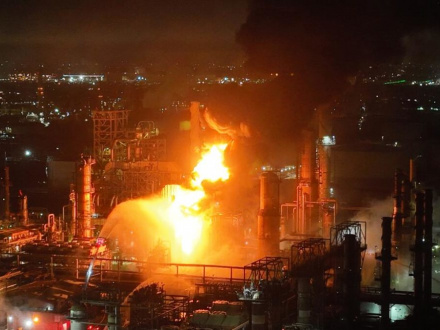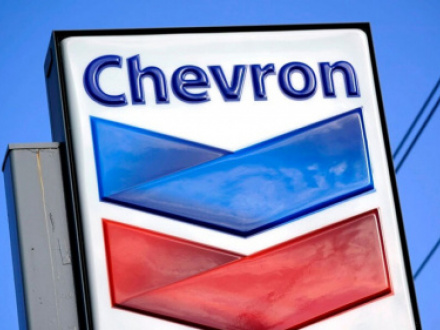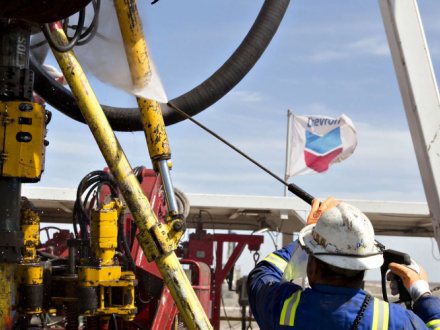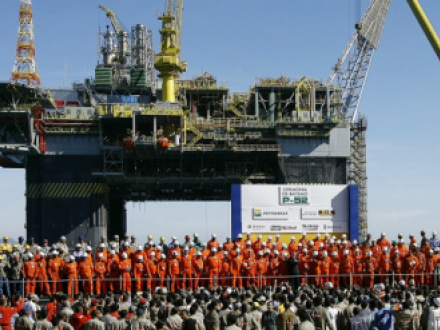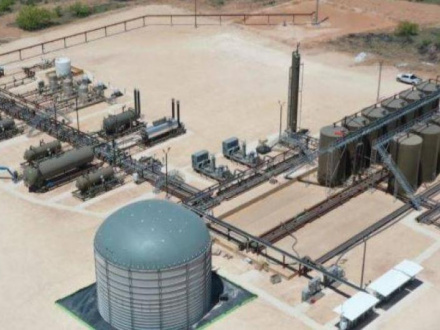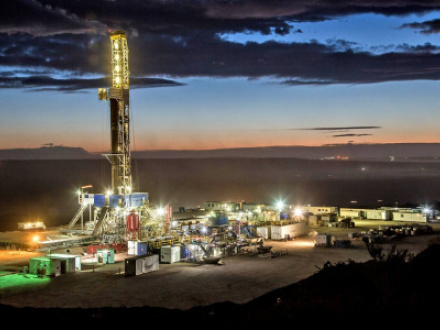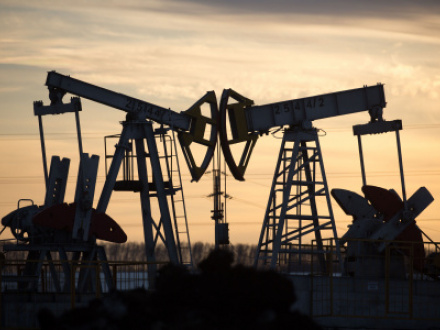Shale oil pioneers say the boom times are over
The days of relentless production growth from U.S. shale oil fields are ending, potentially aiding OPEC’s years-long effort to drain a worldwide supply glut, according to industry pioneers Scott Sheffield and Mark Papa.
Investor calls for shale producers to shut down rigs and stop burning through cash are being heeded, Pioneer Natural Resources Co. Chief Executive Officer Scott Sheffield said on Tuesday. Across the American shale industry, output growth will slow next year, providing a boost for crude prices through the early 2020s, he said.
“I don’t think OPEC has to worry that much more about U.S. shale growth long term,” Sheffield said during a conference call with analysts. He’s “definitely becoming more optimistic that we’re probably at the bottom end of the cycle regarding oil prices.”
Talk of a shale slowdown reached a fever pitch this year as investors crushed drillers’ stocks and demanded spending discipline. As if on cue, Occidental Petroleum Corp., Apache Corp., Cimarex Energy Co. and Pioneer all are signaling plans to trim budgets.
Mark Papa, who built Enron Corp. castoff EOG Resources Inc. into one of the world’s biggest independent oil explorers and now runs Centennial Resource Development Inc., has been sounding the alarm on shale growth since at least February. In reiterating that warning on Tuesday, he said the slowdown will be more dramatic than he predicted as recently as nine weeks ago.
Beyond 2020. Papa downgraded his 2020 shale growth forecast to 400,000 bpd compared from the 700,000 bpd estimate he discussed in early September.
“This is likely not just a 2020 event,” Papa said during Centennial’s third-quarter results call. “I believe U.S. shale production on a year-over-year growth basis will be considerably less powerful in 2021 and later years than most people currently expect.”
Sheffield sees about 700,000 bpd being added next year while the Energy Information Administration predicts that next year’s daily production will expand by 910,000 bbl. Even the EIA’s figure is half of 2018’s increase.
Crowded Wells. For Papa, there’s a more fundamental reason driving the downturn in shale than investor sentiment. Many producers have drilled their best locations and are now turning to lower-quality sites. Some also have been drilling wells too close together, resulting in a loss of overall performance.
The counterpoint to Sheffield and Papa’s gloomy outlook is the supermajors Exxon Mobil and Chevron, which are ramping up Permian basin drilling. Each plan to produce about one million barrels a day from the basin by the early 2020s. That may provide a silver lining for independent producers: an opportunity to get bought, Sheffield said.
The majors will have “to decide whether or not to bulk up their inventory over the next two to three years and decide whether or not to acquire any independents,” he said.
Fuente: https://www.worldoil.com/news/2019/11/6/shale-oil-pioneers-say-the-boom-times-are-over
Etiquetas
Publicado por OIL CHANNEL
Noticias relacionadas
Chevron reinicia unidades en su refinería de El Segundo, California, que opera a capacidad reducida tras el incendio. La refinería El Segundo de Chevron, en California, está... Leer más
Por PhD Mario Fernando Zamora Santacruz América Latina continúa consolidándose como un actor estratégico en el sector de petróleo y gas, con Brasil... Leer más
Chevron anticipa una pérdida de hasta $400 millones este trimestre por los costos de su adquisición de Hess por $55.000 millones. Chevron se prepara para un impacto trimestral de... Leer más
Las nuevas autorizaciones de EE.UU. limitan a Chevron a exportar solo el 50% del crudo que producen sus joint ventures en Venezuela. La petrolera estadounidense Chevron solo puede exportar... Leer más
Chevron navega las tensiones políticas entre Washington y Caracas para mantener su operación en Venezuela. Chevron ha regresado a Venezuela, pero el movimiento puede resultar... Leer más
Chevron tendrá una participación de 35%, Westlawn de 30% y el saldo de 35% para Anadarko. El Gobierno peruano ha firmado la modificación de los contratos de... Leer más
Según datos de Ecopetrol, el 'fracking' en el Permian (EE. UU.), aportó 105.800 barriles equivalentes al día, cifra que fue el 14,1% de la... Leer más
La petrolera estadounidense Chevron confirmó que planea incrementar su producción en la formación no convencional Vaca Muerta, ubicada en la cuenca neuquina de Argentina... Leer más
La industria petrolera y gasífera mundial atraviesa una de sus crisis más profundas en años, marcada por despidos masivos, ajustes financieros y la suspensión de... Leer más

